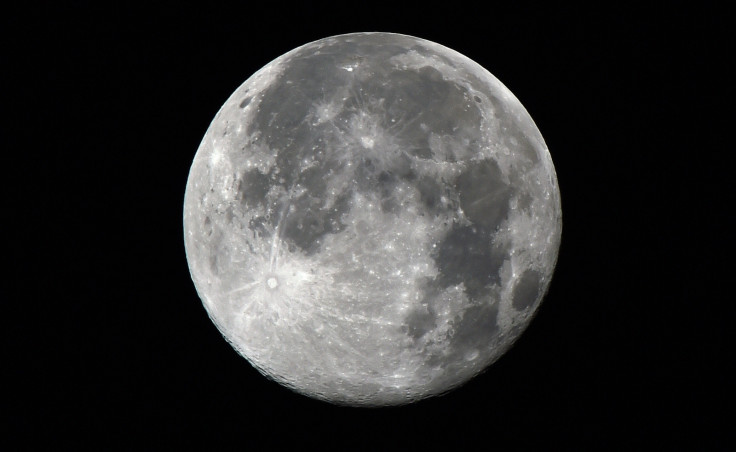Lava tubes on moon have potential to provide shelter for human colony

Lava tubes on the moon large enough to host whole cities could be structurally safe enough for humans to colonise, researchers have said.
In a theoretical study presented at the Lunar and Planetary Science Conference, scientists said lava tunnels on the moon could be an important base for human space exploration because – should they exist – they could provide shelter from extreme temperatures, cosmic radiation and meteorite impacts.
Jay Melosh, from Purdue University in Indiana, said there is some evidence, including the "sinuous rilles" that have been observed on the lunar surface, that suggests if these lava tubes do exist they could be "really big".
Lava tubes are tunnels formed by lava flow from volcanic eruptions. As the edge of the lava cools, it forms a pipe-like crust around the flowing river of molten rock. When the eruption ends and the lava flow stops, the pipe drains to leave behind a hollow tunnel.
Sinuous rilles are large channels visible on the surface of the moon. They are thought to be formed by lava flows and reach up to 10km in width.

Study leader David Blair was looking to find out if empty lava tubes measuring more than 1km in width could be structurally sound – and findings showed they would. Tube stability depended on the width, roof thickness and the stress state of the cooled lava. The team modelled the tubes across a range of variables.
"We found that if lunar lava tubes existed with a strong arched shape like those on Earth, they would be stable at sizes up to 5,000m, or several miles wide, on the moon," he said. "This wouldn't be possible on Earth, but gravity is much lower on the moon and lunar rock doesn't have to withstand the same weathering and erosion.
"In theory, huge lava tubes – big enough to easily house a city – could be structurally sound on the moon."
Geological features of the moon are being studied by scientists in China through data provided by the Chang'e 3 Yutu rover. Study findings recently released showed the moon's geology is far more complex than once thought, with samples showing there are at least nine subsurface layers in the Mare Imbrium.
Study author Long Xiao told IBTimes UK: "The Chang'e 3 mission, like many previous unmanned and manned lunar missions, has proven that the moon is geologically more complex than we thought it should be. The lunar science community still has many significant unknown questions of our moon. Further exploration missions, especially sample return missions, are very necessary."
© Copyright IBTimes 2025. All rights reserved.






















